Ancient Synagogue Inscription from Alexandria, Egypt: 3 AD
Synagogue Inscriptions
from the Oldest Synagogues in the world

A. Alexandria Synagogue
Inscription:
1.
Inscription text: “... Hathyr 18, in the ... of those from the
... archisynagogos1 ...
archiprostates2 ... Since
Brasidas son of Herakleides ... 33rd year of Caesar3 ... in all ... and soundly, ... the
expense ... days ... repair ... by word in ... crown ... with two …”
2.
Glyptic artifact: Greek Synagogue inscription on marble
3.
Provenance: Alexandria, Egypt, 1900 AD.
4.
Current location: Alexandria Museum,
5.
Alexandria Synagogue Occupation Date (SOD)
= Excavation date + Inscriptional date + Literary date = 262 BC
a.
SOD
computation system details
b.
Excavation date: none
c.
Inscriptional date: 200 BC
i.
Alexandria
3 AD
ii.
Gabbary
37 BC
iii.
Hadra
200 BC
d.
Literary date:
i.
Josephus
20 BC
ii.
Philo
262 BC
iii.
Tosefta
250 AD
iv.
Jerusalem
Talmud 400 AD
v.
Babylonian
Talmud 500 AD
6.
Contemporary Ruler: Caesar Octavian Augustus (31 BC - 14 AD)
7.
References:
a.
JIGRE: Jewish Inscriptions of Graeco-Roman Egypt, Hornbury/Noy, #18 1992
AD
8.
Related Bible verses:
a.
Mk 5:22; Lk 13:14; Acts 13:5; 18:8, 17
9.
Further documentation:
a.
Great
Basilica Synagogue of Alexandria: 280 BC – 117 AD
b.
“The great sanhedrin was [made up of] seventy-one members, B and the
small one was [made up of] twenty-three. C And how do we know that the great
sanhedrin was to have seventy-one members? D Since it is said, Gather to me
seventy men of the elders of Israel (Num. 11:16). E Since Moses was in addition
to them, lo, there were seventy-one. F R. Judah says, “It is seventy.” G And
how do we know that a small one is twenty-three? H Since it is said, The
congregation shall judge, and The congregation shall deliver (Num. 35:24, (25)—
I one congregation judges, and one congregation saves—thus there are twenty. J
And how do we know that a congregation is ten? Since it is said, How long
shall I bear with this evil congregation [of the ten spies] (Num.
14:27)—xcluding Joshua and Caleb. K And how do we know that we should add three
more? L From the implication of that which is said, You shall not follow after
the many to do evil (Ex. 23:20), I derive the inference that I should be with
them to o good. M If so, why is it said, After the many to do evil? N Your
verdict of acquittal is not equivalent to your verdict of guilt. O Your verdict
of acquittal may be on the vote of a majority of one, but your vote for guilt
must be by a majority of two. P Since there cannot be a court of an even number
of members [twenty-two], they add yet another—thus twenty-three. Q And how many
residents must there be in a town so that it may be suitable for a sanhedrin? R
One hundred and twenty. S R. Nehemiah says, “Two hundred and thirty, equivalent
in number to the chiefs of groups of ten [Ex. 18:21].” (Mishnah, m. Sanhedrin
1:6)
B. Inscription footnotes:
1.
Used in Mk 5:22; Lk 13:14; Acts 13:5; 18:8, 17 and 3x in Theodotos
inscription (c. 30 BC)
2.
“prostates” common synagogue ruler in Egypt
3.
Caesar Octavian Augustus (31 BC - 14 AD)
By Steve Rudd 2017: Contact the author for
comments, input or corrections
|
Quick links
|
|
|
Ancient Synagogues
Go to: Main Start Page
|
|
|
By Steve Rudd
2017: Contact
the author for comments, input or corrections
|
|
|
Quick links:
Master introduction: Summary overview is the place to start to tie it all
together.
Providence: God’s
eternal plan: The providential transition from Temple to Synagogue to Church
Origin: Synagogues
originated at Alexandria Egypt in 280 BC spawned by the Septuagint
Jesus the Messiah of the Tanakh:
1.
First Century Jewish Messianic Expectation: As
witnessed in the Dead Sea scrolls.
2.
Looking for the wrong thing: Mistaken
Jewish ideas of the Messiah in 30 AD.
3.
Jesus fulfilled Prophecy: Master
list of fulfilled messianic prophecies
4.
Jesus fulfilled Prophecy: "He
shall be called a Nazarene (branch)" Matthew 2:23
5.
Jesus fulfilled Prophecy: “Jesus
would rise the third day” 1 Corinthians 15:3-4
Synagogue Architectural Prototypes in the Church:
1.
Standard architectural synagogue typology: Introduction,
Master Chart
2.
Mikveh for Ritual Purity: The
Christian Maker
3.
Ritual purity stone Vessels: Stoneware
cups and wash basins
4.
Freestanding Columns: Antitype
of Christians
5.
Artwork: Heart-Shaped
Columns
6.
The bema: Prototype
of the Church Pulpit
7.
Synagogue Benches: Metaphor
of Equality in Christ
8.
Women Seating in Synagogues: Not
segregated from men
9.
The Moses’ Seat: Metaphor
of Pride
10.
Niches & Ark of The Scrolls: Prototype
of Church Apse
11.
Table of the Scrolls: Prototype
of Communion Table
12.
Byzantine Church Architecture: Octagonal
and Basilica
13.
Orientation: Early
Synagogues did not Point to Jerusalem
14.
The Church replaced the Temple: Replacement
theology is pure Christianity
Synagogue Worship Prototypes in the Church:
15.
Worship prototypes: Introduction
and Master Summary Chart
16.
Collective Names of Synagogues: House
of Prayer, Temple, Church
17.
Organization of Synagogues: Elders,
officials, attendants, Independent, autonomous
18.
Attendance: Weekly
Sabbath Assemblies in Synagogues absent from Tanakh
19.
Public Bible readings: Preaching
and Teaching In Synagogues
20.
Greek Septuagint: The
Standard Tanakh of every ancient synagogue
21.
Greek Septuagint scroll of the Twelve Minor Prophets written in 50 BC
22.
Prayer in Synagogues: “House
of prayer” Proseuche
23.
Food: Sacred
Passover Meals, No Common Meals In Synagogues
24.
Sermon Topics in Synagogues: How
Christians used the Tanakh to convert Jews
25.
Singing in Synagogues: Non-Instrumental
Acapella Responsive Singing
26.
Benevolence Money: Freewill
Weekly First fruits Collections for poor in Synagogues
27.
Education: Schools
and Literacy of Jews In Synagogues
28.
Role of Women in Synagogues: Never
leaders, preachers but never segregated
29.
Sanctuary Status: Refugees
seeking Asylum in Synagogues
30.
Appendages: Hostels,
Housing and Food Banks in Synagogues
31.
Civil Court: Judgements,
beatings and scourging in Synagogues
32.
Civic Meetings: Political
Town Hall assemblies in Synagogues
33.
Christians replaced Jews: Replacement
theology is pure Christianity
Synagogue Occupation Date (SOD)= Excavation date + Inscriptional date + Literary
date
Allusions: Synagogue
worship allusions and imagery in the New Testament
Master builder Stonemason Jesus: “Upon
this Rock I will build My church”
Everyday life: Archeology of Everyday Life and Homes at the time
of Jesus
Master List: Master list of
First Temple Period, Pre-70 AD Synagogues
Attend a church you can read about in the Bible: Click here to find
a church near you.
By Steve Rudd 2017: Contact the author for
comments, input or corrections
|
|
|
|
|
|
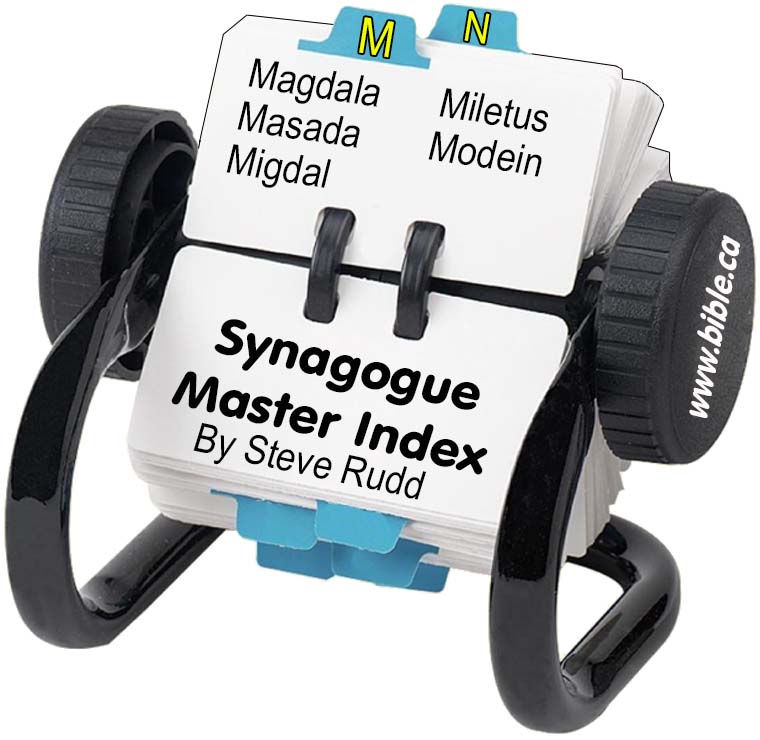
Go to:
Master Synagogue List
|
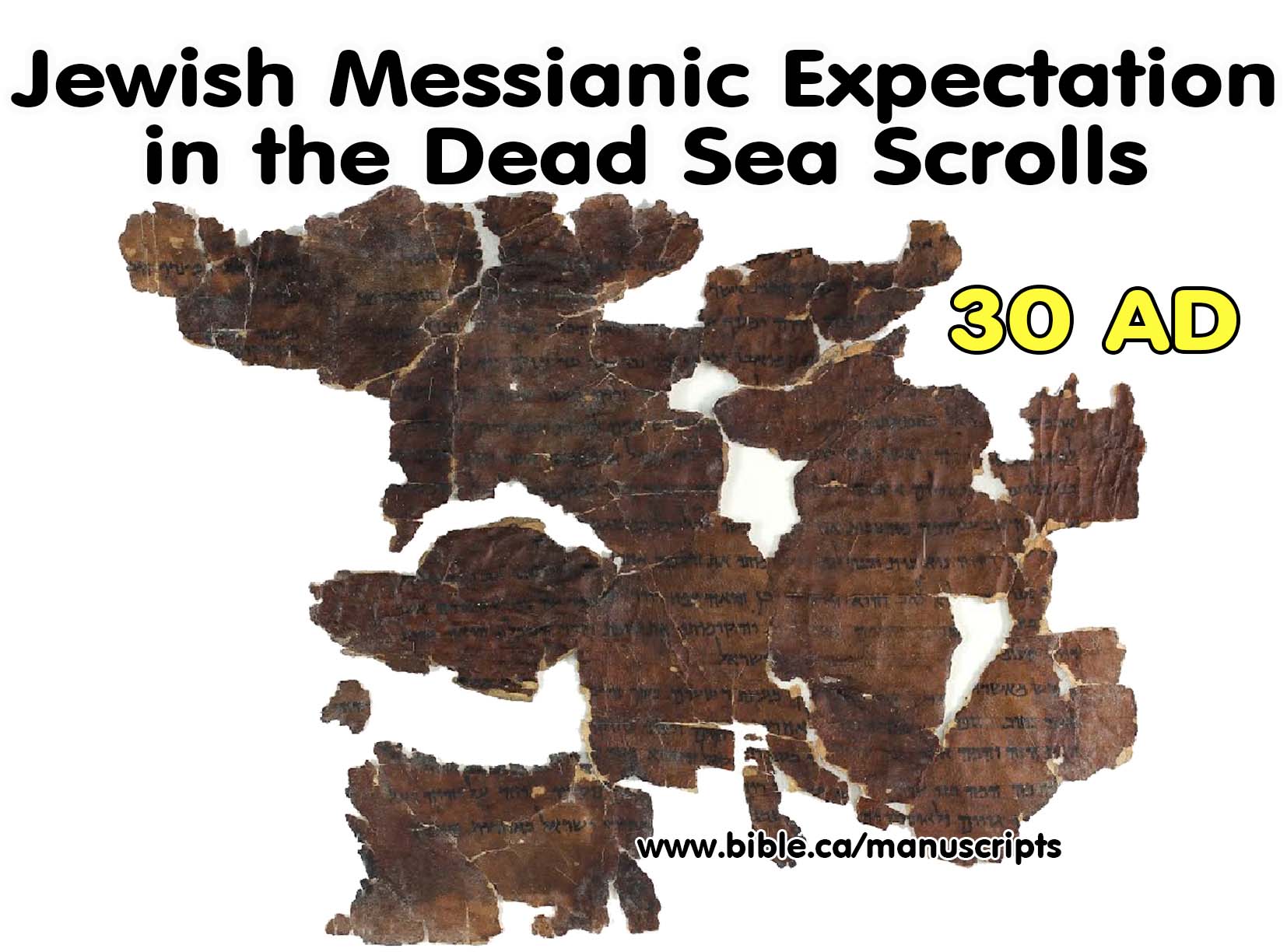
Go to:
Jewish
Messianic Expectations in DSS
|
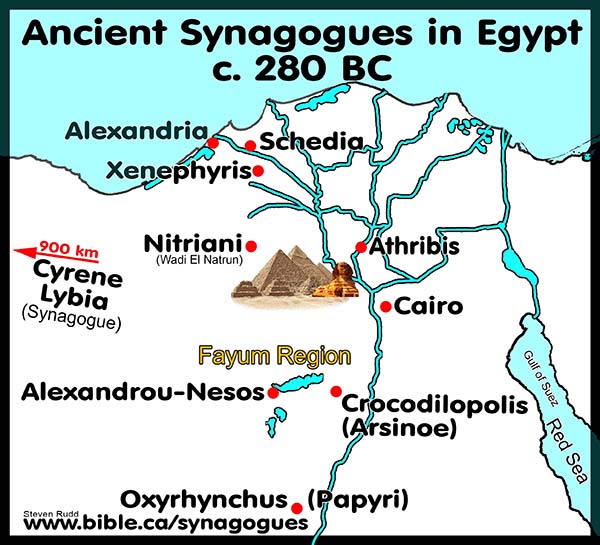
Go to:
Map
of Synagogue Sites
|
|
|
|
|
|
Excavations
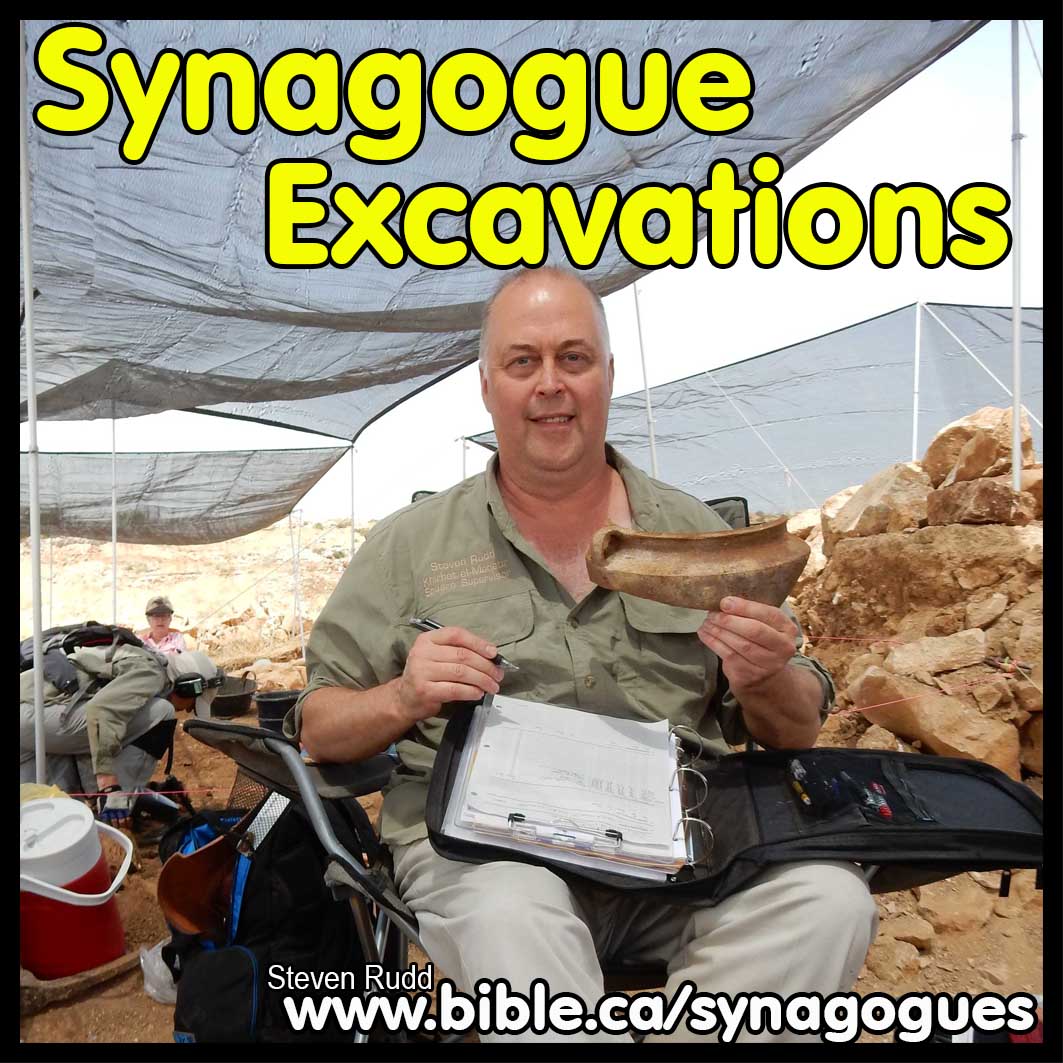
|
Inscriptions
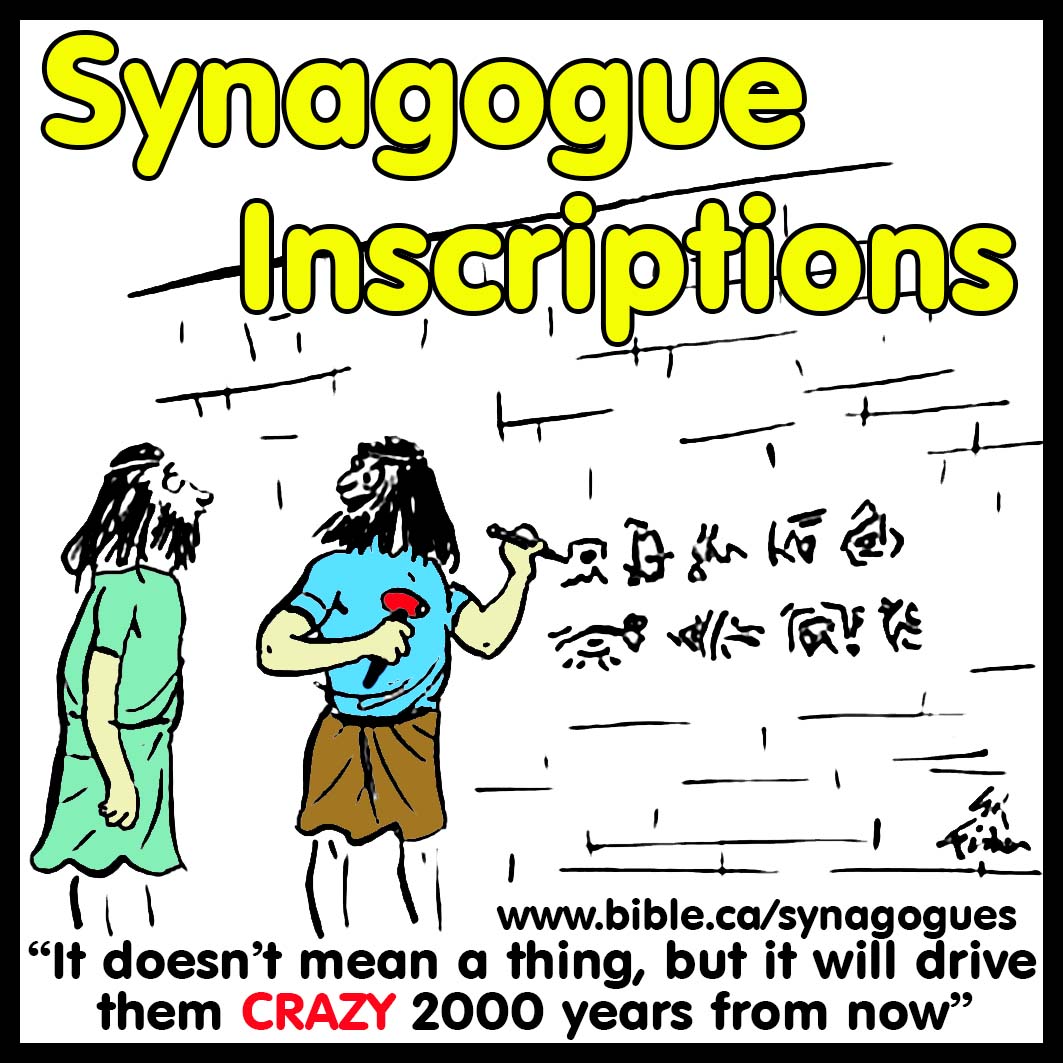
|
Literature

|
|
|
Go to:
Synagogue
Excavations
|
Go to:
Synagogue
Inscriptions
|
Go to:
Synagogue Literary
Sources
|
|
|
|
|
|
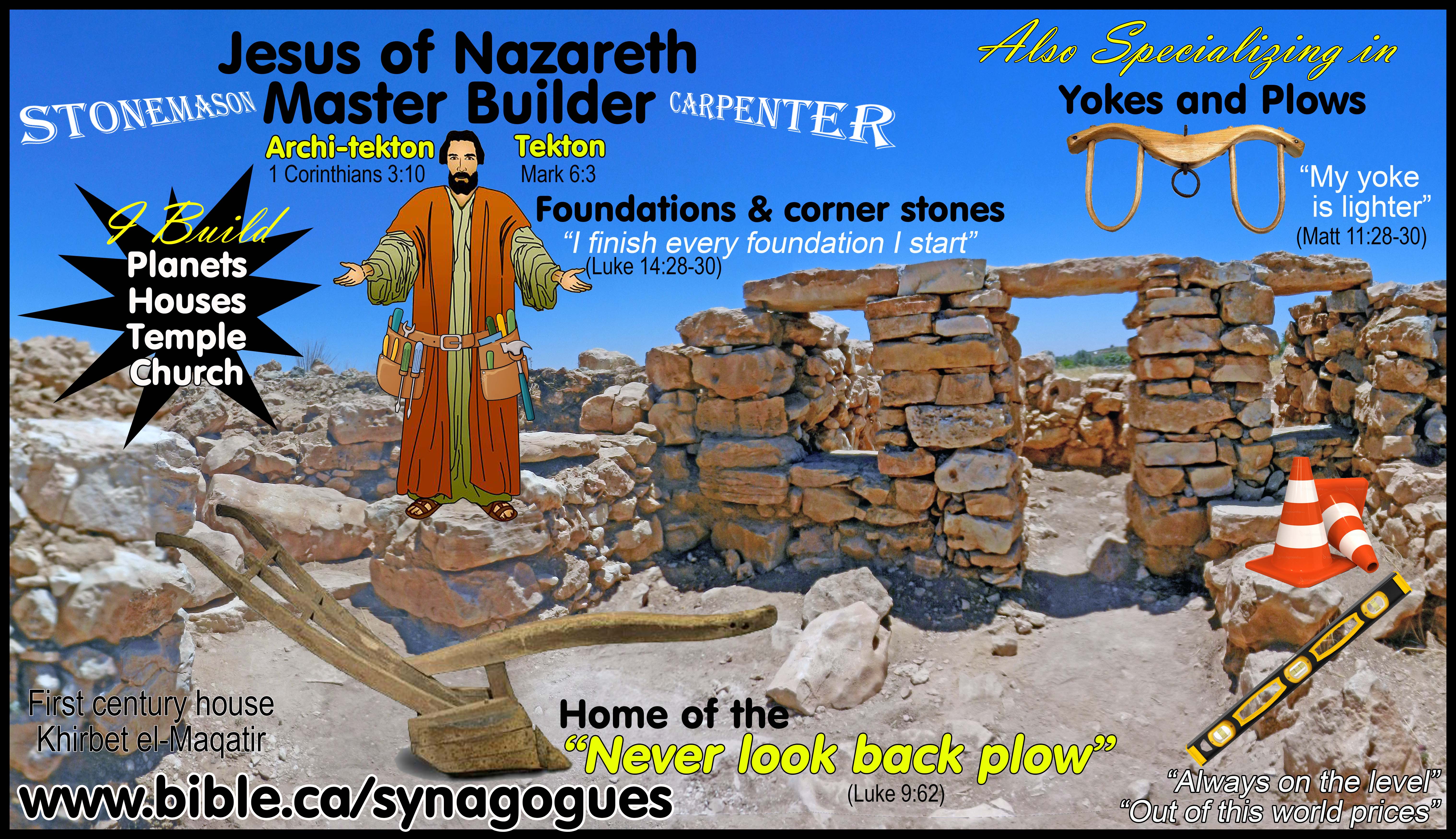
Jesus
Master Builder of the Church/Temple
|
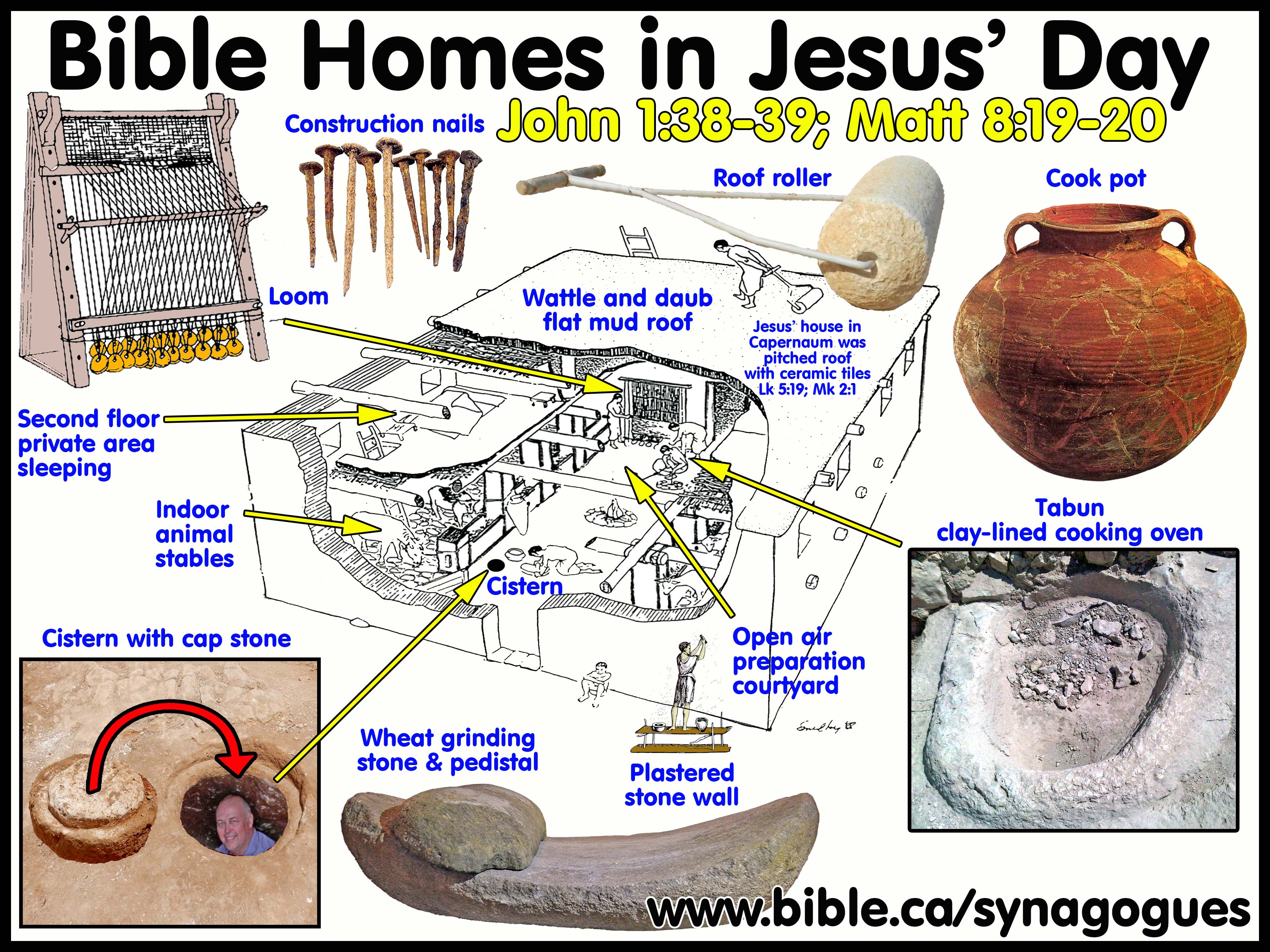
Archeology
of First Century Houses
|
|
|
By Steve Rudd 2017:
Contact the author
for comments, input or corrections
|
|
|
|
|
|
|
|
|
|
|
|
|
|
|
|
|
Jesus your messiah is
waiting for you to come home!
|
|

|
Why not worship with a first century New Testament church
near you, that has the same look and feel as the Jewish Synagogue in your own
home town. As a Jew, you will find the transition as easy today as it was for
the tens of thousands of your forefathers living in Jerusalem 2000 years ago
when they believed in Jesus the Nazarene (the branch) as their messiah. It’s
time to come home!
Click here to find
a church near you.
|
By Steve Rudd: Contact the author for
comments, input or corrections.

Go to: Main Ancient Synagogue Start Page
Go To
Start: WWW.BIBLE.CA










